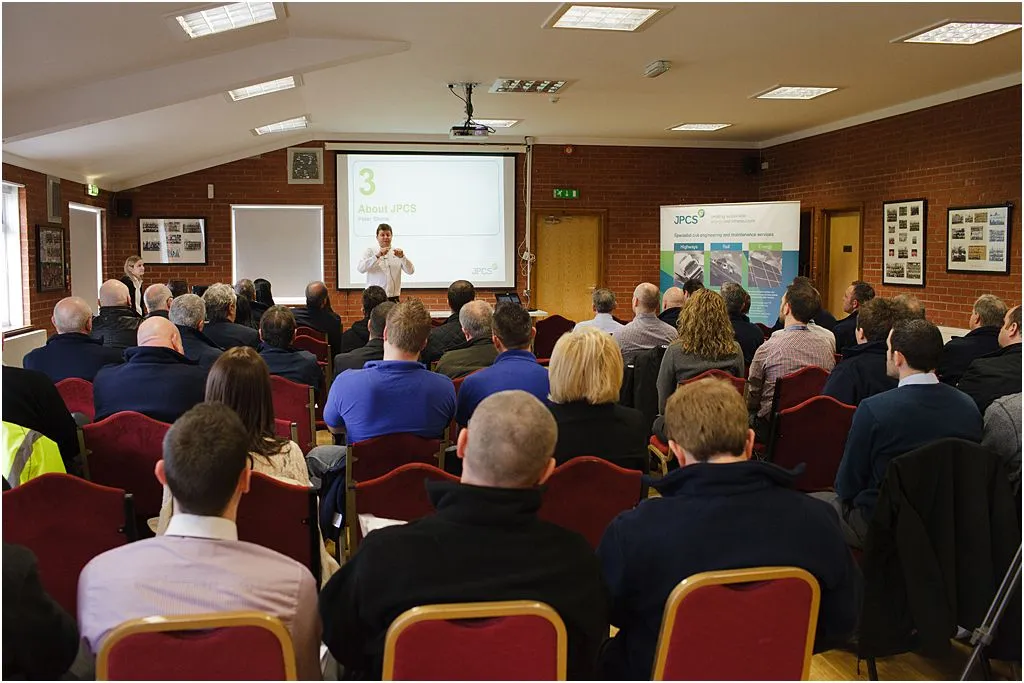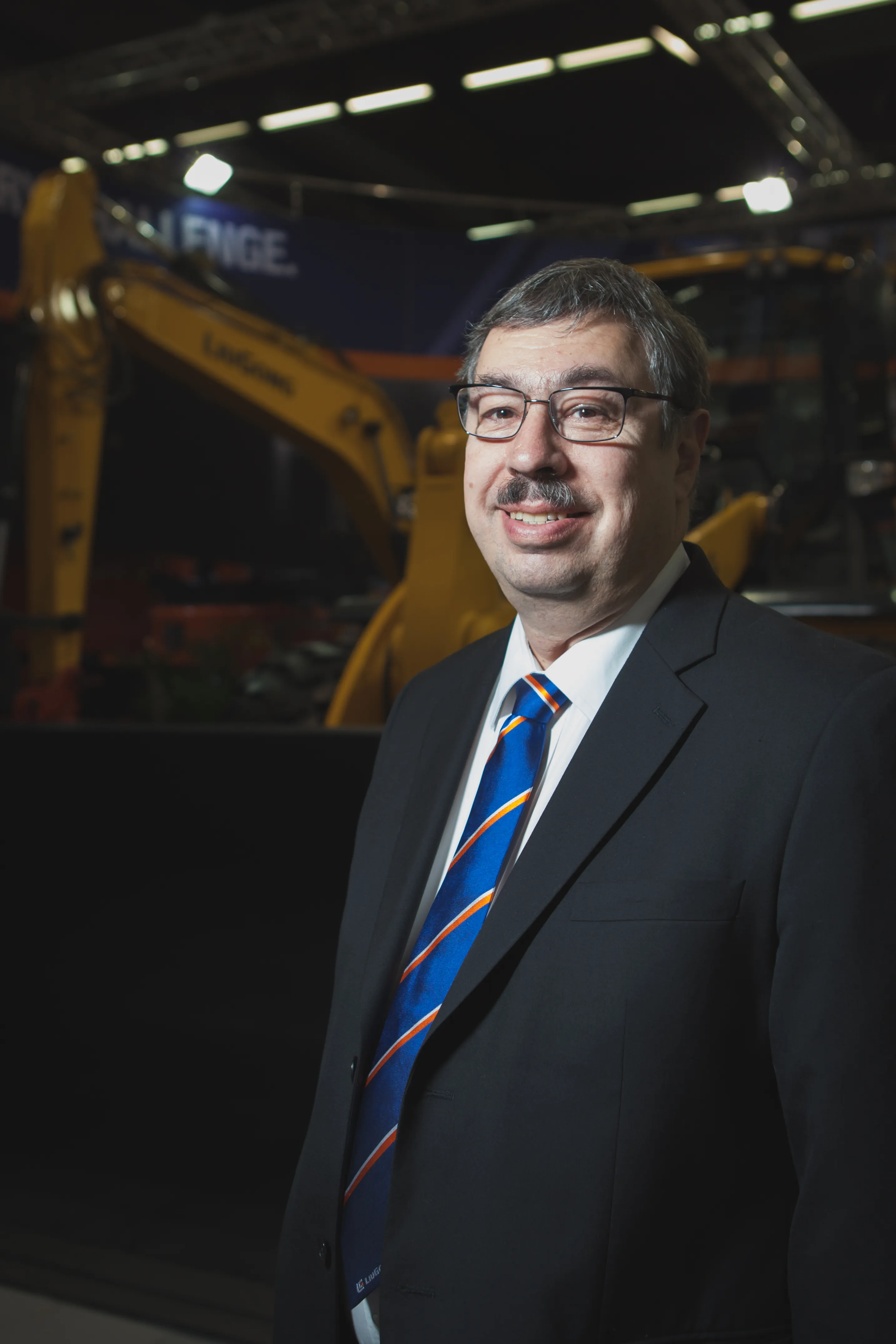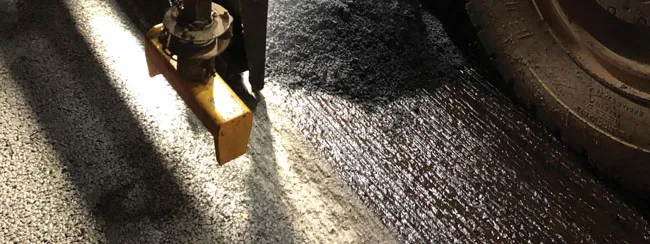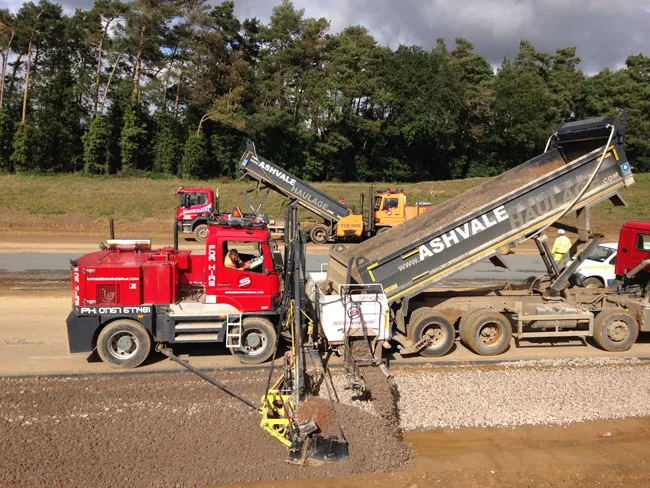JPCS highlighted the benefits of its alternative traditional concrete foundation solution, Groundscrew, its hand-applied microasphalt product, Rejuovopatch, and Slurry Seal, its 6mm and 15mm waterproofing solution, during the UK firm’s recent Innovation Day in county Shropshire, England.
April 28, 2014
Read time: 2 mins

The event at Whitchurch Rugby Club was well attended by highways maintenance professionals from across the UK, who watched live demonstrations of Groundscrew and Rejuvopatch. Attendees then learned more about JPCS and its work across the UK before taking part in a Q&A session with a panel of local authority highway management representatives, who gave first-hand accounts of how Groundscrew, Rejuovopatch and Slurry Seal had enhanced their service provision.
Speaking after the event Peter Shone, managing director of JPCS, said, “During the Innovation Day we’ve not only been able to share the innovative products JPCS has developed and introduced to the highways industry over the past 20 years, we’ve been able to illustrate the benefits first-hand through live demos and heard from the end-users about quality, results and cost-effectiveness our innovations deliver.
“Groundscrew is Ideal for traffic signs and marker posts in highways. We showed how a single Groundscrew road sign installation can be completed within 20 minutes of arriving on site and how quickly and easily the system allows for signs to be removed and relocated.
“We also resurfaced a deteriorated area with Rejuvopatch, which is an effective waterproofing surface treatment for road deterioration. Attendees at the event were able to witness the transformation and see how the product repairs and re-profiles existing surfaces – and in the Case almost reconstructing - to restore texture and improve skid resistance, with the area ready to be open to the public within 60 minutes.
“We believe in working in partnership with our customers and it is refreshing to hear directly from clients who have real challenges on their networks and find out what their needs are. We’ve had some great suggestions and ideas which we will endeavour to incorporate into our offering in the future.”








